1
ROSSIO TRAIN STATION
( ESTAÇÃO DO ROSSIO )
The Rossio Railway Station (Portuguese: Estação de Caminhos de Ferro do Rossio) is a railway station in Lisbon, Portugal, located in the Rossio square. The station was formerly known as Estação Central (Central Station) and that designation still appears in its façade.
. It was built in one the most important squares of Lisbon, the Rossio, and connected the city to the region of Sintra.
This tunnel was excavated under the city and is considered one of the most important works of engineering in Portugal dating from the 19th century. It was completed in 1890, and soon after Lisbon's Circle Line with a connection to the North Line also opened. The station became Lisbon's main passenger terminus until 1957, from that date only a few long distance trains terminated at Rossio, mainly Oeste Line services, until the early 1990s.
The Neo-Manueline façade dominates the northwest side of the square and is a Romantic recreation of the exuberant Manueline style, typical of early 16th century Portugal. Its most interesting features are the two intertwined horseshoe portals at the entrance, the clock in a small turret and the abundant sculptural decoration. Inside, the platforms are connected by ramps to the façade level and are covered by a cast-iron structure executed by a Belgian firm. The station is an important example of Romantic (façade) and Cast-iron(platform cover) architecture in Portugal.
Trains gain access to the station, which is in the central urban area of Lisbon, through a tunnel which is more than 2600m long.
B
LARGO D. JOÃO DA CÃMARA
2
CAFÉ MARTINHO
It was the most important café in Lisbon. It was in this café that gathered generations of intellectuals. The inside of the cafe was decorated with new art. It was there that Mário de Sá Carneiro and Fernando Pessoa met. Between 1950 and 1953, the Café Martinho has been transformed into a beer store. Today is a bank (BPI).
 |
| Praça D. João da Câmara - Café Martinho |
C
LARGO DA ESTAÇÃO DO ROSSIO
Interesting square: restaurants, cafés, etc.
************************************************************
 |
DOWNTOWN LISBOA - METRO STATIONS |
 |
| LISBON |
E
PRAÇA D. PEDRO IV (ROSSIO)
Rossio Square is the popular name of the Pedro IV Square (Portuguese: Praça de D. Pedro IV ) in the city of Lisbon, in Portugal. It is located in the Pombaline Downtown of Lisbon and has been one of its main squares since the Middle Ages. It has been the setting of popular revolts and celebrations, bullfights and executions, and is now a preferred meeting place of Lisbon natives and tourists alike.
The current name of the Rossio pays homage to Pedro IV, King of Portugal as well as first Emperor of Brasil (as Pedro I). The Column of Pedro IV is in the middle of the square.
The Rossio became an important place in the city during the 13th and 14th centuries, when the population of the city expanded to the lower area surrounding the Lisbon Castle hill. The name "rossio" is roughly equivalent to the word "commons" in English, and refers to a commonly owned terrain.
Around 1450, the Palace of Estaus, destined to house foreign dignataries and noblemen visiting Lisbon, was built on the north side of the square. After the Inquisition was installed in Lisbon, the Palace of Estaus became its seat, and the Rossio was frequently used as setting for public executions. The first auto-da-fé took place in 1540.
In 1492, King John II ordered the building of one of the most important civil and charitative infrastructures in old Lisbon, the All-Saints Royal Hospital (Hospital Real de Todos os Santos). The Hospital was finished in 1504, during the reign of King Manuel I, and occupied the whole eastern side of the square. Old pictures show the façade of the Hospital to consist of a long building with an arched gallery. The portal to the chapel of the Hospital, facing the Rossio, had a magnificent façade in manueline style.
*****************************************
THE FANTASTIC WORLD OF THE PORTUGUESE SARDINE
Praça Dom Pedro IV 39
3
TEATRO D. MARIA II
At the site where now stands the Teatro D. Maria II, ran the court of the Inquisition. When passing along this theater, remember the cruelty inflicted to thousands of people. Those condemned to death leaving, in procession, from the court to the Church of São Domingos, on the doorstep. From this church, the procession continued to the Terreiro do Paço ( Praça do Comércio), where the condemned were burned at the stake there prepared. The crowd followed the procession and attended the execution.
*************************************
D
LARGO DE SÃO DOMINGOS
The Lisbon Massacre, alternatively known as the Lisbon Pogrom or the 1506 Easter Slaughter was an incident in April, 1506, in Lisbon, Portugal in which a crowd of Catholics, as well as foreign sailors who were anchored in the Tagus, persecuted, tortured, killed, and burnt at the stake hundreds of people who were accused of being Jews and, thus, guilty of deicide and heresy. This incident took place thirty years before the establishment of the Inquisition in Portugal and nine years after the Jews were forced to convert to Roman Catholicism in 1497, during the reign of King Manuel I.
 |
| LISBON MASSACRE (1506) |
4
A GINJINHA
The Ginjinha of the Praça de São Domingos in Lisbon was the first establishment in that city to commercialize the drink that gives its name to it.
5
CHURCH OF SÃO DOMINGOS
A church marked by tragedy
To the right of the National Theater, east of Rossio, is the Church of São Domingos, that is either blessed or cursed, having survived fires and earthquakes.
Prior to the Great Earthquake of 1755 this was where the São Domingos Convent stood, from which the Inquisition read out its sentences. In 1950 it was partially destroyed by a fire and has since undergone restoration, but there are still clear signs of the fire (the permeating smell and the scorched pillars).
Worthy of note is the high altar, with red marble columns that support the sculptural composition of the Holy Trinity.
a
RUA BARROS QUEIRÓS
 |
| GINGINHA RUBI |
************************************

6
FOUNTAINS
7
The Column of Pedro IV
Dom Pedro I (English: Peter I; 12 October 1798 – 24 September 1834), nicknamed "the Liberator", was the founder and first ruler of the Empire of Brazil. As King Dom Pedro IV, he reigned briefly over Portugal, where he also became known as "the Liberator" as well as "the Soldier King". Born in Lisbon, Pedro I was the fourth child of King Dom João VI of Portugal and Queen Carlota Joaquina, and thus a member of the House of Braganza. When their country was invaded by French troops in 1807, he and his family fled to Portugal's largest and wealthiest colony, Brazil. (TEXT from wikipedia)
One of Rossio Square Lisbon area top attractions is the bronze statue of Dom Pedro IV located right at the middle. Dom Pedro IV was a former king of Portugal and the first emperor of Brasil. At the foot of statue are four female figures that symbolize four important qualities of the former king and emperor: justice, wisdom, strength, and moderation.
8
HOSPITAL REAL DE TODOS OS SANTOS
 |
| LISBON - HOSPITAL REAL DE TODOS OS SANTOS |
The Hospital Real de Todos os Santos (All Saints Royal Hospital) was a major hospital in Lisbon, Portugal. The hospital was built between 1492 and 1504 and was destroyed in the 1755 Lisbon earthquake, along with most of the city.The main façade of All-Saints Hospital occupied the whole eastern side of Rossio Square. Today's Praça da Figueira (Fig Tree Square) is located over of the area occupied by the old Hospital.
Old descriptions and excavations indicate that the building had a groundfloor and two upper storeys and was organised into several square-shaped wings with central courtyards around the Hospital Chapel. The Chapel was located in middle of the ensemble and had a massive tower in the eastern end of the nave.
The main façade of the Hospital had an arched gallery with buttresses in its ground floor. The entrance of the Chapel was located in the middle of the Hospital façade and was reached by a monumental stairway. Contemporary drawings show that the portal of the Chapel was a magnificent work in Manueline style, the Portuguese version of late Gothic typical of King Manuel I's timeThe rules of the Hospital were granted by King Manuel I in 1504, and were based on the rules of contemporary hospitals in Florence andSiena. Initially the Hospital had three infirmaries (enfermarias) located in the upper storey, where the ill were treated. The groundfloor was occupied by the Hospital personnel (around 50 people, many of whom lived in the building). The first floor housed dependencies like the kitchen, refectory and pharmacy, as well as rooms for abandoned children (called expostos), beggars and the mentally ill.
Initially, it is estimated that the Hospital was capable of housing around 250 people, with 2500-3000 people being treated every year. Even though the premises were victim of several fires, the facilities were greatly expanded until the middle of 18th century, when the Hospital had around 12 infirmaries. It was the most important health institution in the city and an important centre for the practical study of anatomy and medicine in Portugal.
The Hospital was initially administered by a provedor appointed by the King, but after 1564 the Hospital was run by the Irmandade da Misericórdia (Brotherhood of the Mercy), an important Portuguese religious charity established in 1498 that exists to this dayThings changed with the massive 1755 Earthquake, in which a great part of the city was destroyed by the quake itself and the fire that followed. The situation was worsened by the fact that the All Saints Hospital was greatly damaged, and the surviving patients and wounded by the quake were housed in undamaged convents and palaces. The government of King Joseph I, headed by the Marquis of Pombal, quickly started rebuilding the Hospital, which was soon treating the ill again.
For some reason, possibly related to financial constraints, the Hospital was never fully rebuilt. The Hospital facilities were transferred in 1775 to the building of the Colégio de Santo Antão, a Jesuit college that was confiscated by the Crown after the Jesuit Order wasexpelled from Portugal in 1759. The new Hospital was renamed Hospital de São José, paying hommage to King Joseph I. The remnants of the All Saints Hospital were demolished and a new square was created, the Praça da Figueira
*************************************
9
CASA DA SORTE
PAYSHOP
OPEN EVERY DAY - 7 COLINAS AND
VIVA VIAGEM CARDS
10
ARCO DO BANDEIRA
The Arco (Arc) do Bandeira, north entrance of Rua dos Sapateiros.
This historic street of Lisbon, is located in the Baixa Pombalina, between Rua Áurea (or Rua do Ouro) and Rua Augusta. It is best known for its north entrance, an arc that connects with the Praça D. Pedro IV, commonly known as Rossio. Highlights also include the former Cinematographer of Rossio (nowadays a Sex Shop with Peep Shows), the abandoned Hotel Francfort, and the Dairy “A Camponeza”, a centennial coffeehouse that is still in operation. (lisbonnowandthen.wordpress.com)
A TENDINHA
Founded in 1840 and with nearly 200 years of history, is the last tavern in Rossio.
Situated right next to the Arc Flag, his name is marked on the door for a painting of old Lisbon, in which we see the employee to give drink to a man on horseback
Opening hours:
Monday to Friday: 07h00 - 19h00
Metro: Rossio, Baixa-Chiado
Rua dos Sapateiros
Passing through the arched gateway on Rossio you see one of Lisbon’s remaining examples of Art Nouveau: this old movie house, the Animatógrafo , is a strip club nowadays. Lisbon’s earliest cinema hall opened in 1907, by brothers Ernesto andJoaquim Correia Cardoso. It has remained unaltered since then. The beautiful facade is adorned with a highly detailed Art Nouveau style, which consists of Azulejos tiled panels, which depict Edwardian styled females surrounded by fruits and flowers.
A LICORISTA
THE ANIMATÓGRAFO
The former Cinematographer of Rossio (nowadays a Sex
Shop with Peep Shows)
Passing through the arched gateway on Rossio you see one of Lisbon’s remaining examples of Art Nouveau: this old movie house, the Animatógrafo , is a strip club nowadays. Lisbon’s earliest cinema hall opened in 1907, by brothers Ernesto andJoaquim Correia Cardoso. It has remained unaltered since then. The beautiful facade is adorned with a highly detailed Art Nouveau style, which consists of Azulejos tiled panels, which depict Edwardian styled females surrounded by fruits and flowers.
PASTELARIA CAMPONEZA
In the heart of Baixa there is still the Leitaria "A Camponesa", beautifully preserved, with a nice tile panel on the front, and then beautiful original art noveau stucco work in the inside.
Leitaria "A Camponesa" is located at Rua dos Sapateiros, 155/157
11
TABACARIA MONACO
Tabacaria Mónaco is a picturesque historic tobacco shop. It dates back to 1893, and much of the shop's decor retains its historic roots. As you browse through the shop's selection of magazines and tobacco products you will want to gaze at the original Art Noveau decorations. It boasts artwork from many well-known artists, including tiles from Rafael Bordalo Pinheiro. When you enter this ship you are struck with a real sense of the past.
Welcome to the most beautiful tobacconist shop in Lisbon. Tabacaria Mónaco opened in the year 1894. On the opening day it had more visitors (4000) than the Parliament itself. After all these years you can still admire the amazing painted ceiling by Ramalho, the tiles from Raphael Bordallo Pinheiro and some curious sculptures. Mónaco was also one of the first places to have a public telephone. The portuguese poet Fernando Pessoa was a regular customer. You can also be.
CAFÉ NICOLA
The café you see today is from 1929 (the façade is from 1935), but there already was a café with this name here in the 1700s. It's been modernized inside and also functions as a restaurant, but it's the outdoor tables facing Rossio Square that are the main attraction. In addition to the strong black coffee, it's also famous for its steaks, particularly the "Bife à Nicola" and "Bife à Café." Praça Dom Pedro IV 24-26 Lisbon 1100-200 Phone: 00 351 21 346 0579 |
Sipping a small strong coffee (bica) here first thing in the morning is to follow a time honored tradition. There's been a cafe on this site since the 1700s (the present-day building dates from the late 1920s) and Nicola remains one of the most famous cafes in Lisbon. It opens at 8am on weekdays, 9am on Saturdays and an hour later on Sundays. Taking breakfast at the earlier hour avoids starting your day amongst too many tourists - this is a very popular spot for holiday makers. It also means service is brisker; the black aproned waiters can get bogged somewhat when it gets busy. The outside tables face Rossio Square and the view even affords a glimpse of Lisbon's castle perched high on a hill in the distance.
The Nicola brand owes its origin to Lisbon’s emblematic Café Nicola. In the early 1800’s, this café was the meeting place for politicians and writers, especially the poet Bocage.
I am the poet Bocage. I come from nicola café and I will go to the other world if you fire your pistol.
Nicola is a brand founded on quality, innovation and flavour, which have gained it wide consumer recognition and market share. It combines tradition with modernity, creating a personality that is youthful, active, dynamic, daring and confident. Clients and consumers view Nicola as a leading and prestigious brand with many years of experience in creating a flavour sought after by Portuguese coffee lovers looking for a perfect balance between aroma, a creamy texture, body and flavour. The values, the brand personality and the evaluation by clients and consumers reflect the brand’s leading position, that is, a “Perfect Encounter” that has become a success!
House where lived the writer Eça de Queiróz
OTHER INFORMATION
RUA 1º DE DEZEMBRO
(LOW COST SUPERMARKET "PINGO DOCE")
THE SHAME
THE GREATEST CONCENTRATION OF BEGGARS, PICKPOCKETS AND GYPSIES THAT ADDRESS, PERMANENTLY, THE PASSING TOURISTS, TRYING TO SELL FALSE hashish.
F
PRAÇA DA FIGUEIRA
The Praça da Figueira (English: Square of the Fig Tree) is a large square in the centre of Lisbon, in Portugal. It is part of the Baixa Pombalina, the area of the city reurbanised after the 1755 Lisbon Earthquake.In the 16th century the square did not exist, and most of its area was occupied by the Hospital Real de Todos os Santos (All-Saints Royal Hospital), the most important in the city. In 1755, after the great earthquake which destroyed most of Lisbon, the hospital was greatly damaged. It was demolished around 1775.The large area previously occupied by the hospital in the Baixa was turned into an open market square. Around 1885, a large covered market of 8,000 m² was built. This market existed until 1949, when it was demolished. Since then the square has been an open space. In 1971 a bronze equestrian statue representing King John I (1357-1433).
D
CONFEITARIA NACIONAL
Praça da Figueira 18 - Metro " ROSSIO "
Tel: 00 351 213 424 470 | www.confeitarianacional.com
It's almost two centuries old (it was founded in 1829) but holds on to its reputation as one of Lisbon's best cafés and pastry shops (it was the official confectioner of the royal family and has won international prizes in Vienna, Paris, and the United States).
It's particularly famous for its Christmas cake ("Bolo Rei" or "King Cake"), a national tradition that started when the original owner brought a recipe from Paris in 1850.
At any other time of the year this is also a safe bet to try dozens of traditional Portuguese pastries or to pick up a birthday cake.
Another reason to visit is the beautiful interior that despite renovations over the years has always kept its elegant, classic look with a marble counter and mirrored ceiling.
Upstairs, up a wooden staircase, is a dining area which serves reasonably-priced Portuguese dishes at lunchtime.
It's particularly famous for its Christmas cake ("Bolo Rei" or "King Cake"), a national tradition that started when the original owner brought a recipe from Paris in 1850.
At any other time of the year this is also a safe bet to try dozens of traditional Portuguese pastries or to pick up a birthday cake.
Another reason to visit is the beautiful interior that despite renovations over the years has always kept its elegant, classic look with a marble counter and mirrored ceiling.
Upstairs, up a wooden staircase, is a dining area which serves reasonably-priced Portuguese dishes at lunchtime.
A
DOLL HOSPITAL
( HOSPITAL DE BONECAS )
Founded in 1830, this little "doll hospital" was considered one of the coolest toy stores in the world by "Reader's Digest." It's also a workshop for the restoration of dolls, stuffed toys and porcelains, as well as an exhibition space of old dolls.
Following tradition, each "patient" in need of treatment will be taken to one of the specialized rooms: for plastic surgery where they're restored and painted, or for transplants of new legs, arms, or heads.
Those that are abandoned by their owners end up in the residential room where they're displayed to visitors, remembering that everything can be (re)invented and fixed, creating a magical world of "make believe" that feeds the imagination
Following tradition, each "patient" in need of treatment will be taken to one of the specialized rooms: for plastic surgery where they're restored and painted, or for transplants of new legs, arms, or heads.
Those that are abandoned by their owners end up in the residential room where they're displayed to visitors, remembering that everything can be (re)invented and fixed, creating a magical world of "make believe" that feeds the imagination
Praça da Figueira, 7 - Metro " ROSSIO "
Tel.: 00 351 213 428 574
C
MERCADO DA FIGUEIRA
(SUPERMARKET)
Praça da Figueira, 10 B
1100-241 Lisboa
Tel. 00 351 218867464
Tel. 00 351 218867464
Metro " ROSSIO"
D
TRAM 12 + TRAM 15
In Lisbon, the word tram ( elétrico ) means a paradise for pickpockets.
The most dangerous are the trams No. 28 and No. 15 ( Elétrico 28E and Elétrico 15E ).



























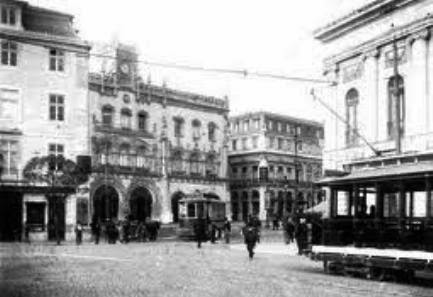
















.jpg)

.jpg)


















































.JPG)


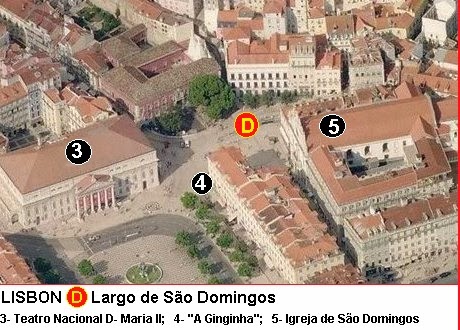


.JPG)
.JPG)
.jpg)
.JPG)
.JPG)
.JPG)
.JPG)
.JPG)
.JPG)

.JPG)
.JPG)
.JPG)
.JPG)
.JPG)











.JPG)
.JPG)
.JPG)
.JPG)
.JPG)
.JPG)

.JPG)









































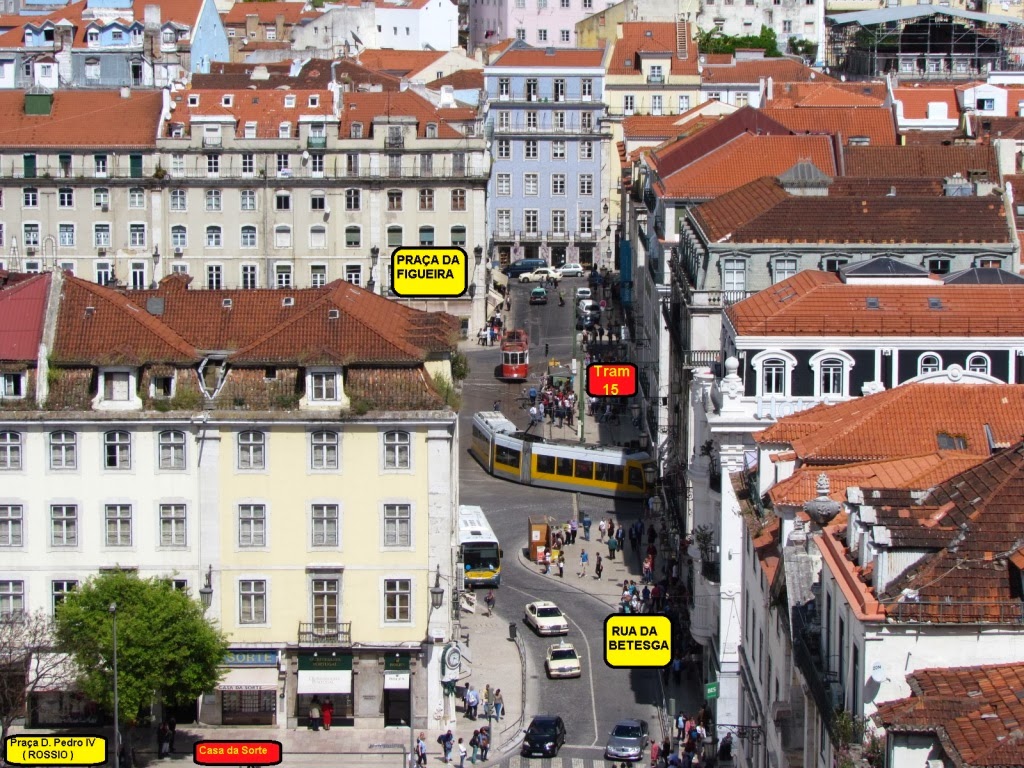



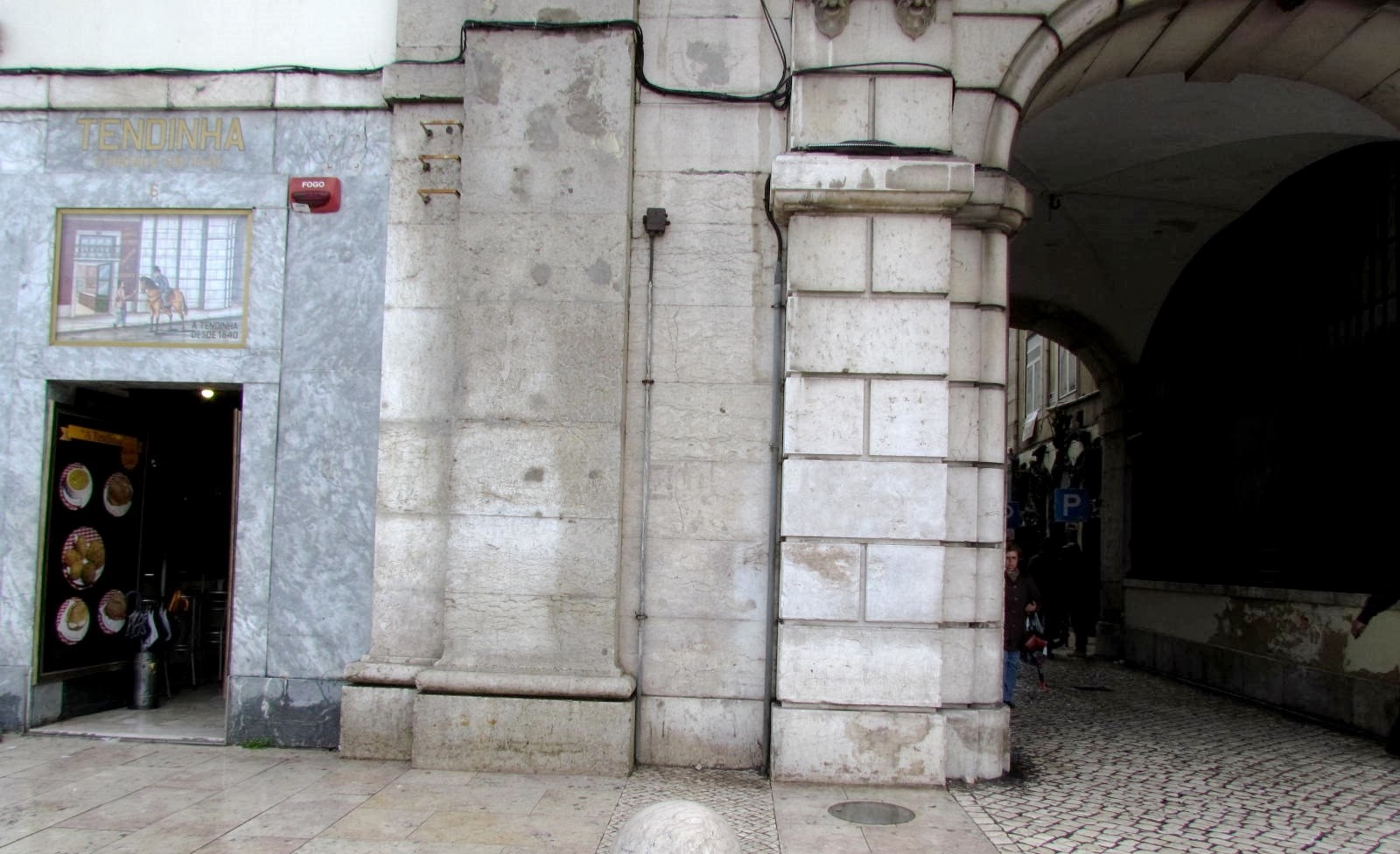


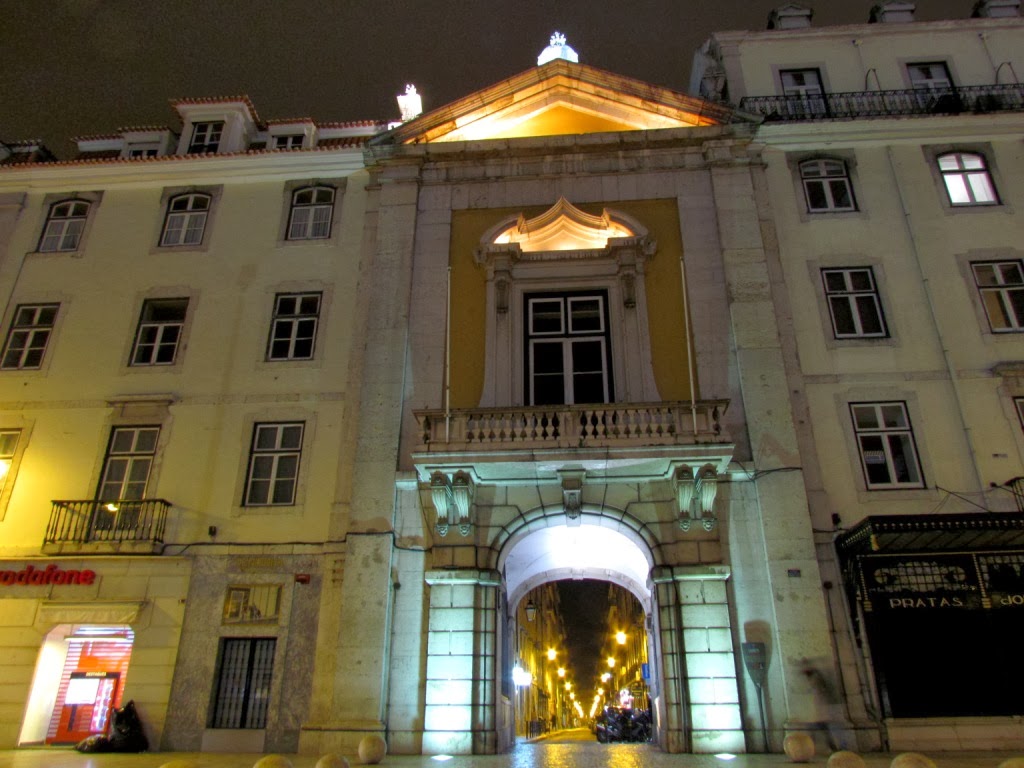

















.JPG)
.JPG)
.JPG)
.JPG)
.JPG)
.JPG)
.JPG)
.JPG)
.JPG)
















.JPG)





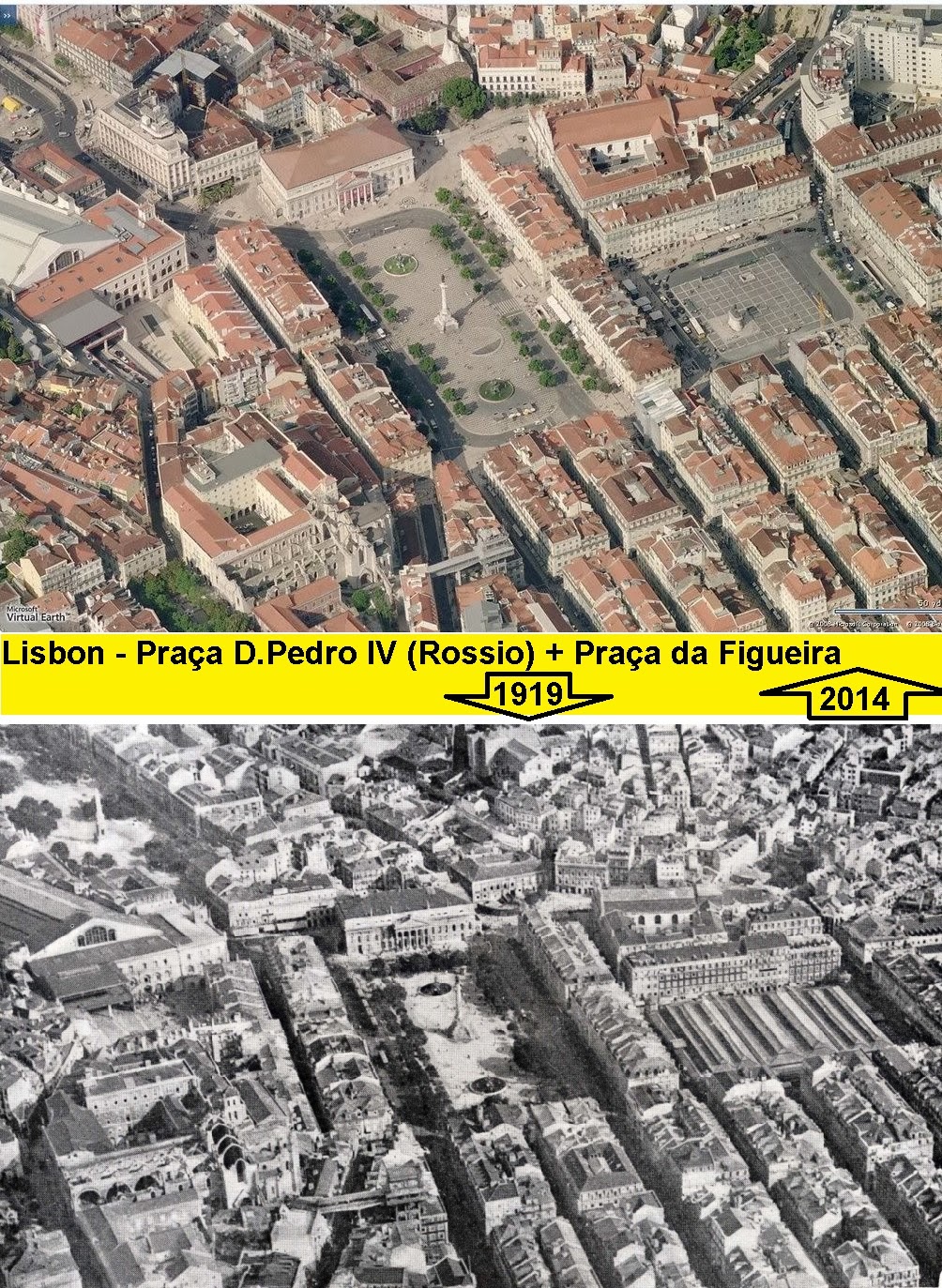














.JPG)
.JPG)

